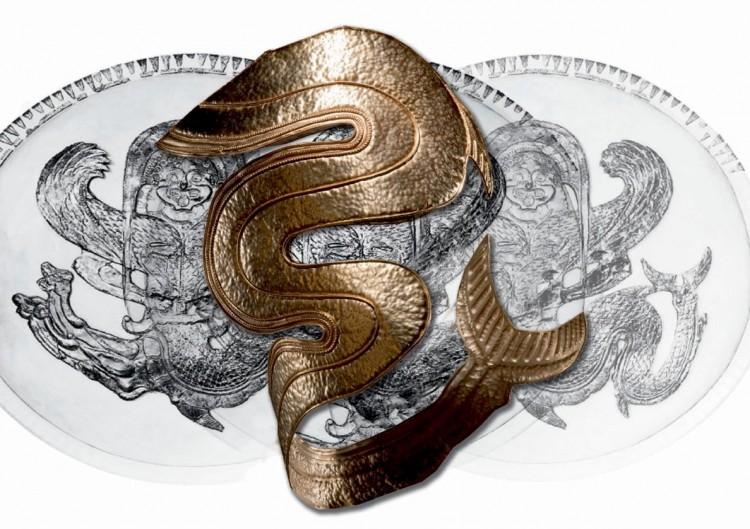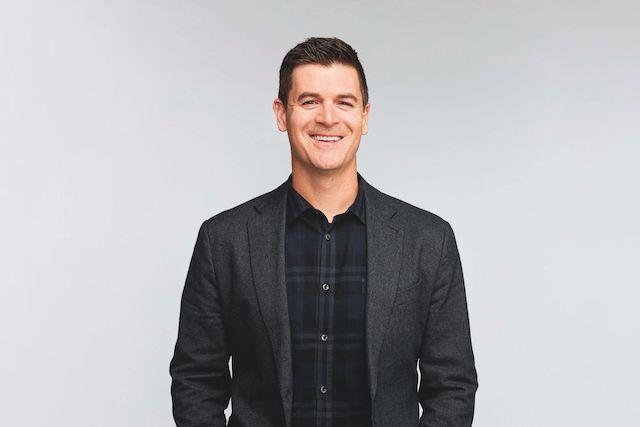
Edible crystals decorate a cake at the 24th Annual U.S. Pastry Competition, held in Manhattan on March 3. Joshua Philipp/The Epoch Times
NEW YORK—A medley of aromas hung in the air, and with each breath, you could almost taste the food being served up at the International Restaurant & Foodservice Show at the Jacob K. Javits Convention Center, on March 3.






